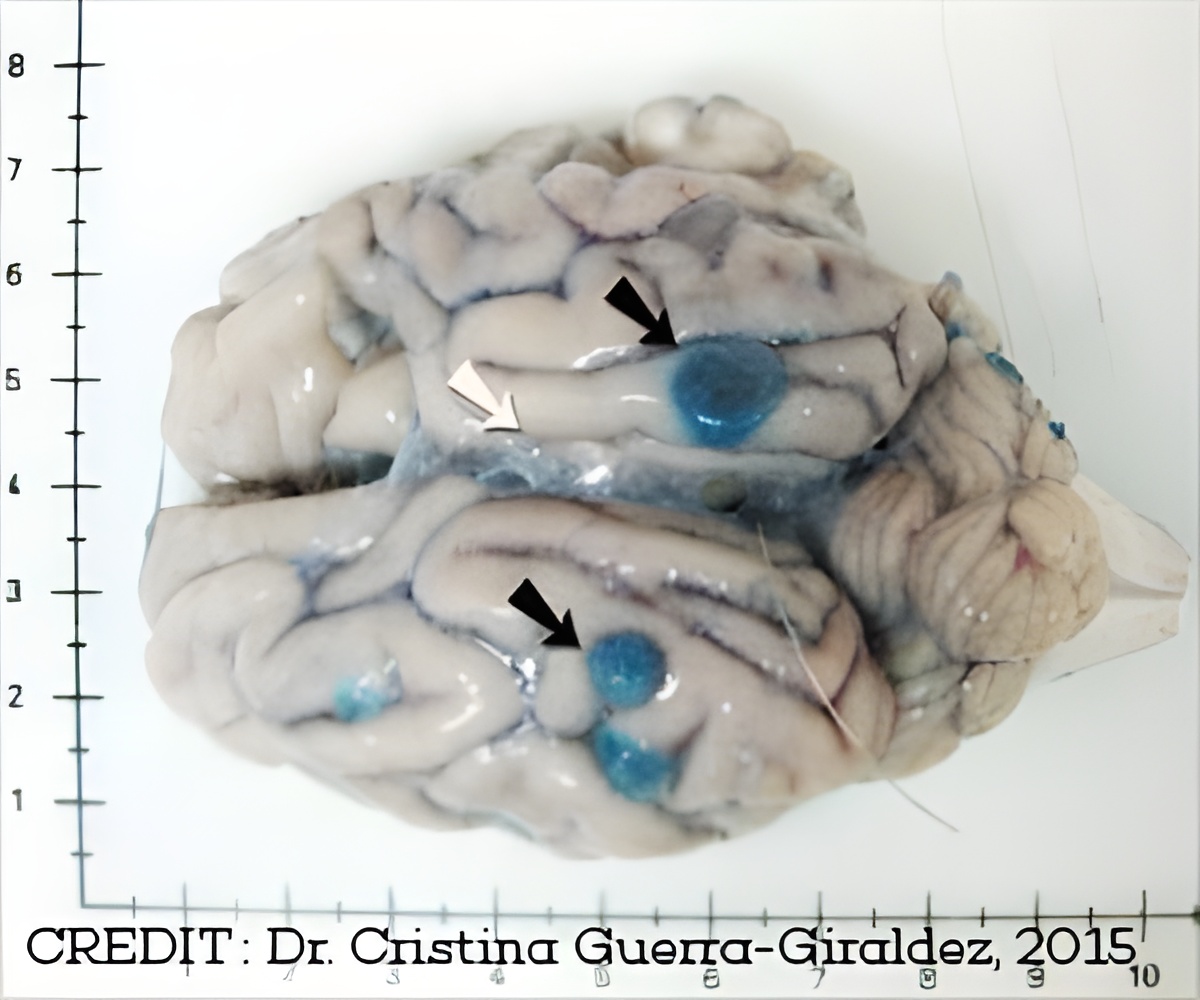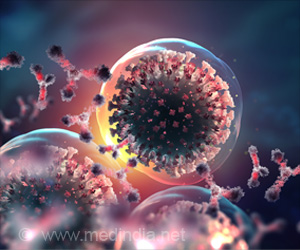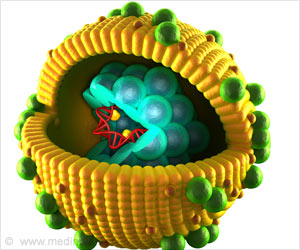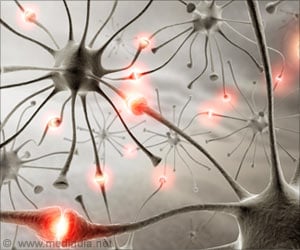A groundbreaking study reveals microplastic build up in human brains ,especially in dementia patients. The findings raise potential health risks.

‘Did You Know?
Microplastics accumulated in human brain is in higher level in patients with dementia. #microplastics #dementia #medindia’





Microplastics accumulated in human brain is in higher level in patients with dementia. #microplastics #dementia #medindia’
Advertisement
How Microplastics Cross the Blood-Brain Barrier
Particles smaller than 200 nanometers, primarily made of polyethylene, are particularly concerning as they accumulate in cerebrovascular walls and immune cells. Their tiny size enables them to potentially penetrate the blood-brain barrier, prompting concerns about their impact on neurological health.Advertisement
Reducing Exposure by Practical Prevention Strategies
The Commentary review highlights practical strategies for reducing exposure, noting that switching from bottled to filtered tap water alone could reduce microplastic intake from 90,000 to 4,000 particles per year. "Bottled water alone can expose people to nearly as many microplastic particles annually as all ingested and inhaled sources combined," says Dr. Brandon Luu, an Internal Medicine Resident at the University of Toronto. "Switching to tap water could reduce this exposure by almost 90%, making it one of the simplest ways to cut down on microplastic intake." Other significant sources include plastic tea bags, which can release millions of micro and nano-sized particles per brewing session. He also highlights that how we heat and store food matters. "Heating food in plastic containers—especially in the microwave—can release substantial amounts of microplastics and nanoplastics," he explains. "Avoiding plastic food storage and using glass or stainless steel alternatives is a small but meaningful step in limiting exposure. While these changes make sense, we still need research to confirm whether lowering intake leads to reduced accumulation in human tissues."Potential Pathways for Microplastic Elimination
The research team also explores potential elimination pathways, including evidence that sweating might help remove certain plastic-derived compounds from the body. However, Dr. David Puder, host of the Psychiatry & Psychotherapy Podcast, warns, "We need more research to wrap our heads around microplastics—rather than wrapping our brains in them—since this could be one of the biggest environmental storms most people never saw coming."The commentary calls for urgent research priorities, including establishing clear exposure limits and assessing long-term health consequences of microplastic accumulation. The authors emphasize the need for large-scale human studies to determine dose-response relationships between microplastic exposure and chronic health outcomes.Source-University of Ottawa














